#lunar module
Text
The original Moon landing sites
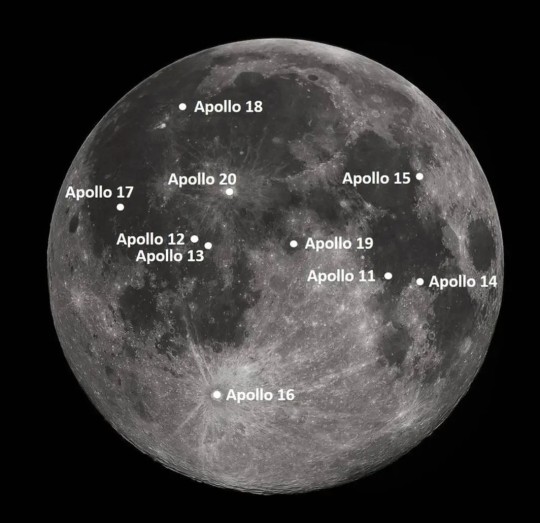
"NASA contracted to have 15 flight-worthy Saturn V rockets produced. Apollo 11 achieved the first landing with the sixth Saturn V, leaving nine for follow-on landings. The following landing sites were chosen for these missions, planned to occur at intervals of approximately four months through July 1972."
Note: I've updated this list with the original tentative planned launch dates.
G-type Mission
Apollo 11: (G) Mare Tranquillitatis, July 1969
H-type missions
Apollo 12: (H1) Ocean of Storms (Surveyor 3 site), November 1969
Apollo 13: (H2) Fra Mauro Highlands, March 1970
Apollo 14: (H3) Littrow Crater, July 1970
Apollo 15: (H4) Censorinus Crater, November 1970
J-type missions, the extended stay missions
Apollo 16: (J1) Descartes Highlands or Tycho Crater (Surveyor 7 site), April 1971
Apollo 17: (J2) Marius Hills or Marius Hills volcanic domes, September 1971
Apollo 18: (J3) Copernicus crater or Schröter's Valley or Gassendi crater, February 1972, later July 1973
Apollo 19: (J4) Hadley Rille, July 1972, later December 1973
Apollo 20: (J5) Tycho Crater or Copernicus Crater or Marius Hills, December 1972, later July 1974
As we all know, plans were changed and missions were cancelled. But it's nice to see what was initially planned.
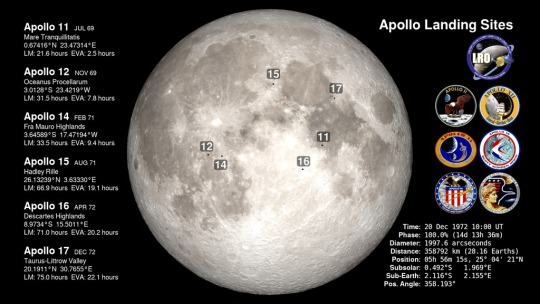
To compare with the actual landing sites and dates:
Apollo 12: (H1) Ocean of Storms (Surveyor 3 site), November 1969
Apollo 13: (H2) never landed, April 1970
Apollo 14: (H3) Fra Mauro, January-February 1971
Apollo 15: (J1) Hadley–Apennine, July-August 1971
Apollo 16: (J2) Descartes Highlands, April 1972
Apollo 17: (J3) Taurus–Littrow, December 1972
NASA ID: link, link
Information from Astronautix: link
Information from Wikipedia: link
#Apollo 11#Apollo 12#Apollo 13#Apollo 14#Apollo 15#Apollo 16#Apollo 17#Apollo 18#Apollo 19#Apollo 20#NASA#Apollo Program#Moon#Moon landing#Lunar Module#cancelled#G-type Mission#H-type mission#J-type mission#Cancelled Mission#my post
436 notes
·
View notes
Text

2 Aug 1971 - Apollo 15 Lunar Module Pilot James Irwin salutes the U.S. flag
#NASA#Space flight#Moon landing#Apollo 15#Lunar module#American Flag#Lunar rover#Astronaut#Space program#Moon
65 notes
·
View notes
Text

When North American Rockwell builds a spacecraft, North American Rockwell builds a spacecraft.
#vintage advertising#north american rockwell#nasa#apollo#spacecraft#apollo command module#apollo service module#saturn rocket#rockets#lunar module#moon landing#the 60s#engineering#rocketdyne
60 notes
·
View notes
Text

Parked by the front door. The Lunar Rover sits by Orion, the Lunar Module during Apollo 16, Apr 1972. The crew of John Young, Charlie Duke & Ken Mattingly experienced many glitches on the way to the moon culminating in concerns in the main engine. Mission Control had considered aborted the entire landing until it was decided the issues could be overcome. Still, as a result of these concerns, the mission ended 1 day earlier than planned.
#astronauts#apollo 16#space travel#astronaut#space exploration#nasa#space race#space#vintage space#moon landing#space age#1972#lunar rover#man on the moon#moon landings#1970s#lunar module#lunar surface#the moon#nasa astronauts#nasa photos#outer space#space history#space program
38 notes
·
View notes
Text
Plays disciples of tzeentch and loses. My opponent says good game and i just smile at them and say "this is all part of the plan". After looking at me weird they start putting their army away, and do so slightly faster than i do because of their excitement about winning. They subsequently leave the store 3 steps ahead of me and instantly get hit by a car while i am unharmed. Another win for the tzeentch player.
11 notes
·
View notes
Text
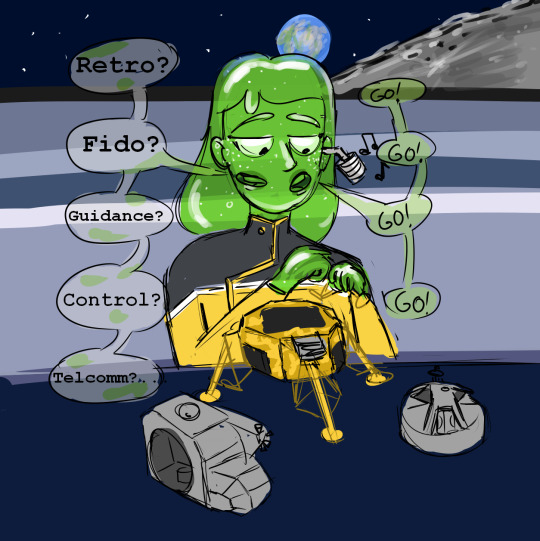
youtube
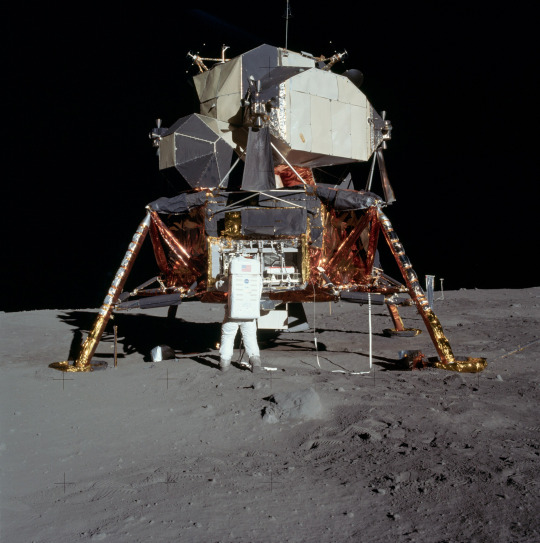
Guz celebrates the Apollo 11's 54th 412th landing anniversary in her own way.
("Wow isn't it so cool that your space program was landing people on a planet that orbits your homeworld just like a decade after starting? Even when Omen's close it's nowhere near as convenient to reach! It took 33 years for Mellanoid Space Program to send a crew to orbit another planet for the first time... oh, you... don't consider Luna a planet?")
#Apollo 11#Apollo 11 54th anniversary#Public Service Broadcasting#Eaurp Guz#Slimegirl#Star Trek#Star Trek Lower Decks#Slime girl#model kit#model spaceship#lunar module#lunar lander#Apollo#Youtube
44 notes
·
View notes
Text
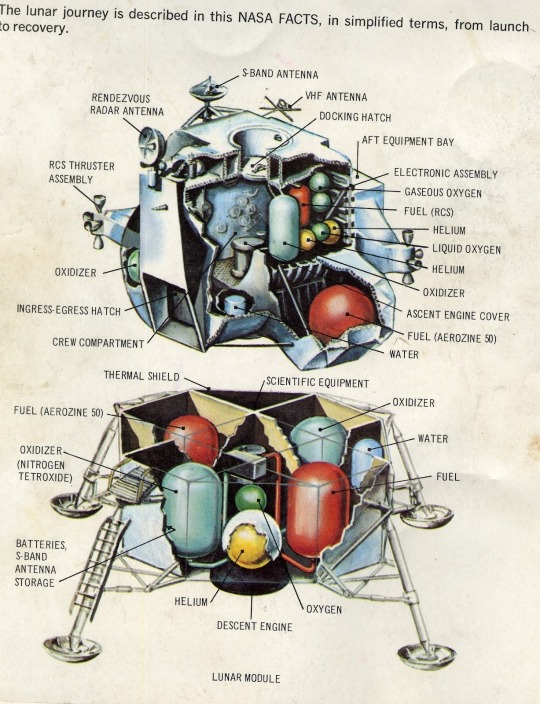
Lunar Module
47 notes
·
View notes
Photo

Buzz Aldrin descending from the Eagle (lunar lander), July 21, 1969. Photograph by Neil Armstrong.
363 notes
·
View notes
Photo

NASA baseline LEM design
#LEM#lumar#lunar lander#lunar module#NASA#Space Race#space age#spacecraft#spaceship#moon#moon landing#moon lander#retrofuturism#Retro
43 notes
·
View notes
Text

Neil Armstrong training on the Apollo Lunar Module (LM) on June 19, 1969. A month later he would be playing for keeps, successfully sticking the first ever moon landing.
36 notes
·
View notes
Photo

Apollo Lunar Module before the addition of Kapton and Mylar outer skins
182 notes
·
View notes
Text

Apollo 14 Saturn V (CSM-110/LM-8/SA-509) on Pad A Launch Complex 39 at night.
Date: January 31, 1971
NASA ID: KSC-71PC-70
#Apollo 14#CSM-110#Kitty Hawk#LM-8#Antares#Lunar Module#SA-509#Saturn V#Rocket#NASA#Apollo Program#H-type mission#LC-39A#Kennedy Space Center#Florida#January#1971#my post
157 notes
·
View notes
Text

"Apollo 11" by Gary Carter
32 notes
·
View notes
Text

Posted by Sumit Arora, 18 July 2023
What is International Moon Day?
International Moon Day is an annual day dedicated to the Earth’s one and only natural satellite, the Moon!
It is held every year on July 20, which is the anniversary of the day on which astronauts Neil Armstrong and Buzz Aldrin famously set foot on the Moon in 1969.
The Moon landing is still considered one of humanity’s greatest achievements.
International Moon Day is all about commemorating the Apollo 11 mission while teaching people about the Moon and astronomy.
Significance of International Moon Day
• The General Assembly declared International Moon Day, a United Nations-designated international day to be observed annually on July 20, in its Resolution 76/76 on “International cooperation in the peaceful uses of outer space” in 2021.
• International Moon Day marks the anniversary of the first landing by humans on the Moon as part of the Apollo 11 lunar mission.
• The celebrations will also consider the achievements of all States in the exploration of the Moon and raise public awareness of sustainable Moon exploration and utilization.
History of International Moon Day
• American astronauts Neil Armstrong, and Edwin ‘Buzz’ Aldrin became the first humans in history to land on the Moon on 20 July 1969.
The grand Apollo 11 mission took place eight years after the national goal announcement by President John F. Kennedy to send a man to the moon by the end of the 1960s.
• The idea for the mission to send astronauts to the moon started when President Kennedy appealed to a special joint session of Congress in 1961, stating:
“I believe this nation should commit itself to achieving the goal, before this decade is out, of landing a man on the moon and returning him safely to Earth.”
• At the time of Kennedy’s proposal, the United States was still head-to-head with the Soviet Union in advancements in space exploration and, since it was during the time of the Cold War, the proposal was welcomed.
The first unmanned Apollo mission was initiated by the National Aeronautics and Space Administration (NASA), after five years of effort and hard work by their international team of engineers and scientists.
The first mission served as a testing phase for the structural resilience of the launch spacecraft vehicle.
• At 9:32 A.M. on 16 July 1969, the whole world witnessed Apollo 11 take off from Kennedy Space Center with three astronauts on board — Neil Armstrong, Edwin "Buzz" Aldrin, and Michael Collins.
Neil Armstrong was the commander of the mission.
The spacecraft entered the lunar orbit after three days, on July 19.
The lunar module, Eagle, disengaged from the main command module the next day, manned by Armstrong and Aldrin.
When Eagle touched the lunar surface, Armstrong radioed his historical message to Mission Control in Houston, Texas:
“The Eagle has landed.”
• At 10:39 P.M., Armstrong exited the lunar module and made his way down its ladder.
His progress was being recorded by a television camera attached to the module, transmitting signals back to Earth, where the world was watching with bated breath.
• At 10:56 P.M., Armstrong stepped on the moon’s powdery surface, and spoke his iconic words:
“That’s one small step for man, one giant leap for mankind.”
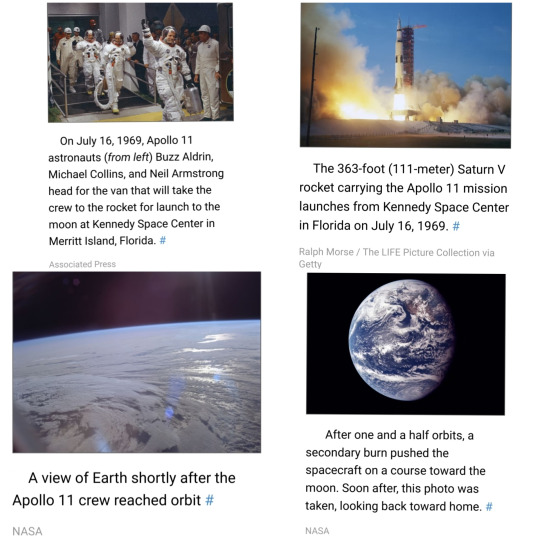



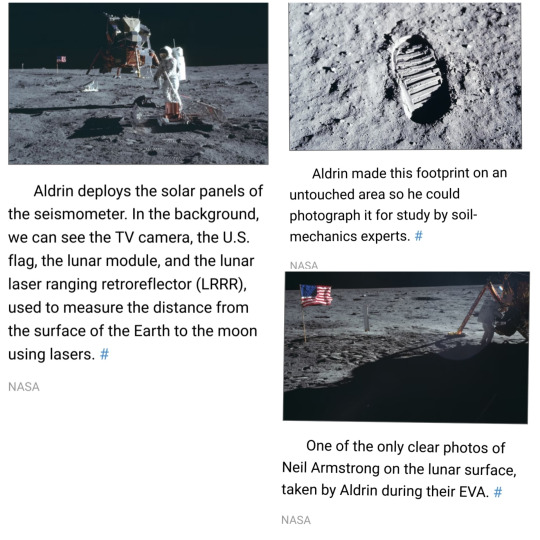



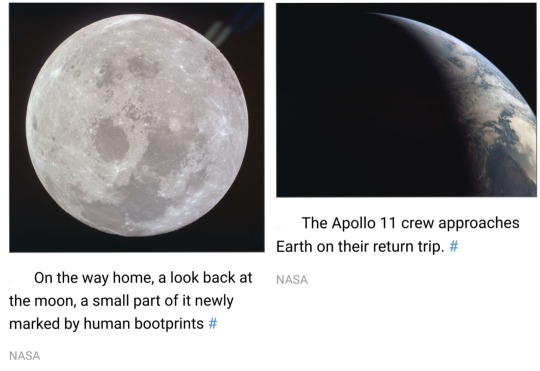
#International Moon Day#July 20#Apollo 11 mission#General Assembly#Resolution 76/76#lunar mission#Neil Armstrong#Edwin ‘Buzz’ Aldrin#Michael Collins#John F. Kennedy#National Aeronautics and Space Administration#NASA#Kennedy Space Center#astronauts#Eagle#lunar module#space exploration#space#United States#spacecraft#outer space#moon#earth#space mission#moon landing#astronomy#Apollo 11#Mission Control Center#Mission Operations Control Room
17 notes
·
View notes
Text

Home base. ‘Falcon’, the Lunar Module of Apollo 15, rests on an angle by the edge of a shallow crater with tire tracks from the Lunar Rover nearby, Aug 1971. The 12-day mission was flown by David Scott & Jim Irwin, who both walked & drove on the moon (via the LRV) & Al Worden, who piloted the Command Module above in lunar orbit. It was Irwin & Worden’s sole spaceflight & an incredible 3rd mission for Scott.
#apollo 15#lunar module#spacecraft#1971#astronauts#space travel#astronaut#space exploration#nasa#vintage space#space#space race#moon landing#space age#space flight#1970s#man on the moon#lunar surface#the moon#apollo program#space program#space history#project apollo
121 notes
·
View notes
Text
Headin to my second wh40k game, first one with 1000 pt necrons. Vs nuke adeptus. Mg army is like 1/3rd painted but i dont think anyone thwre will care
10 notes
·
View notes